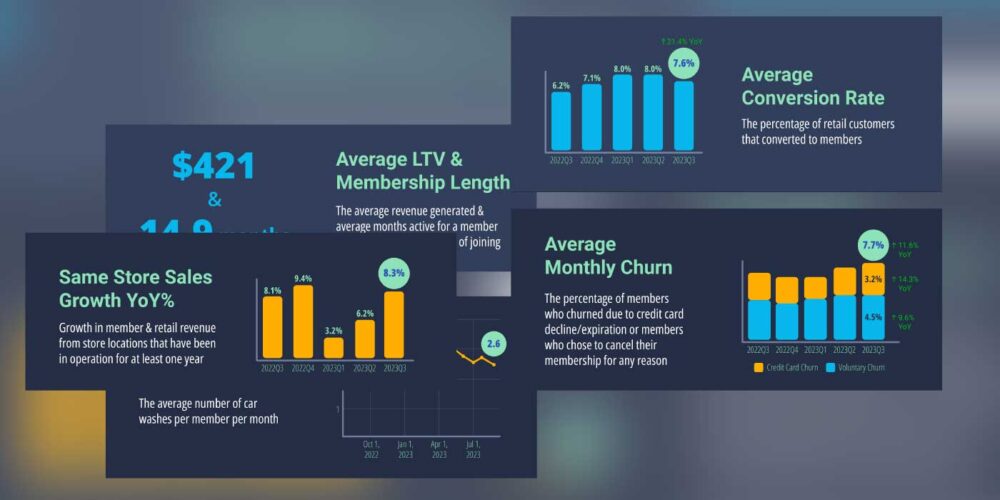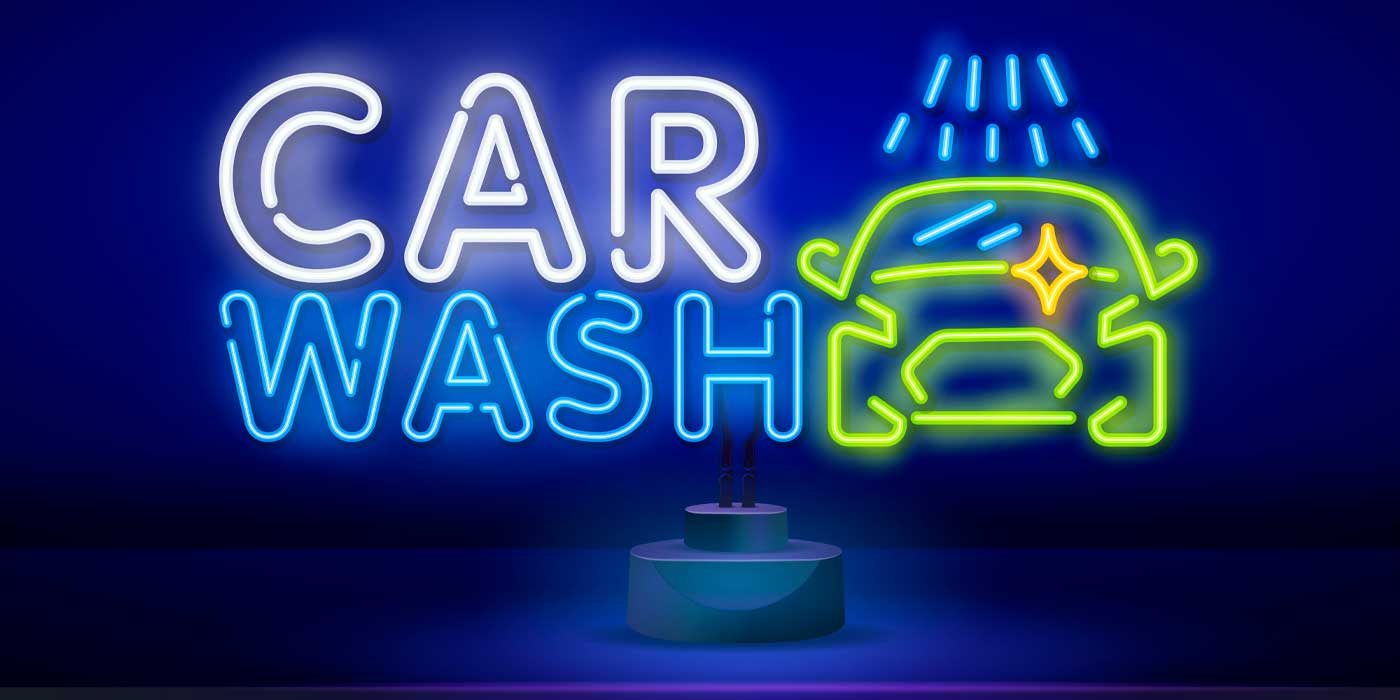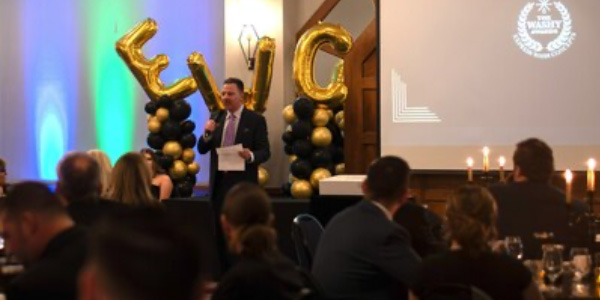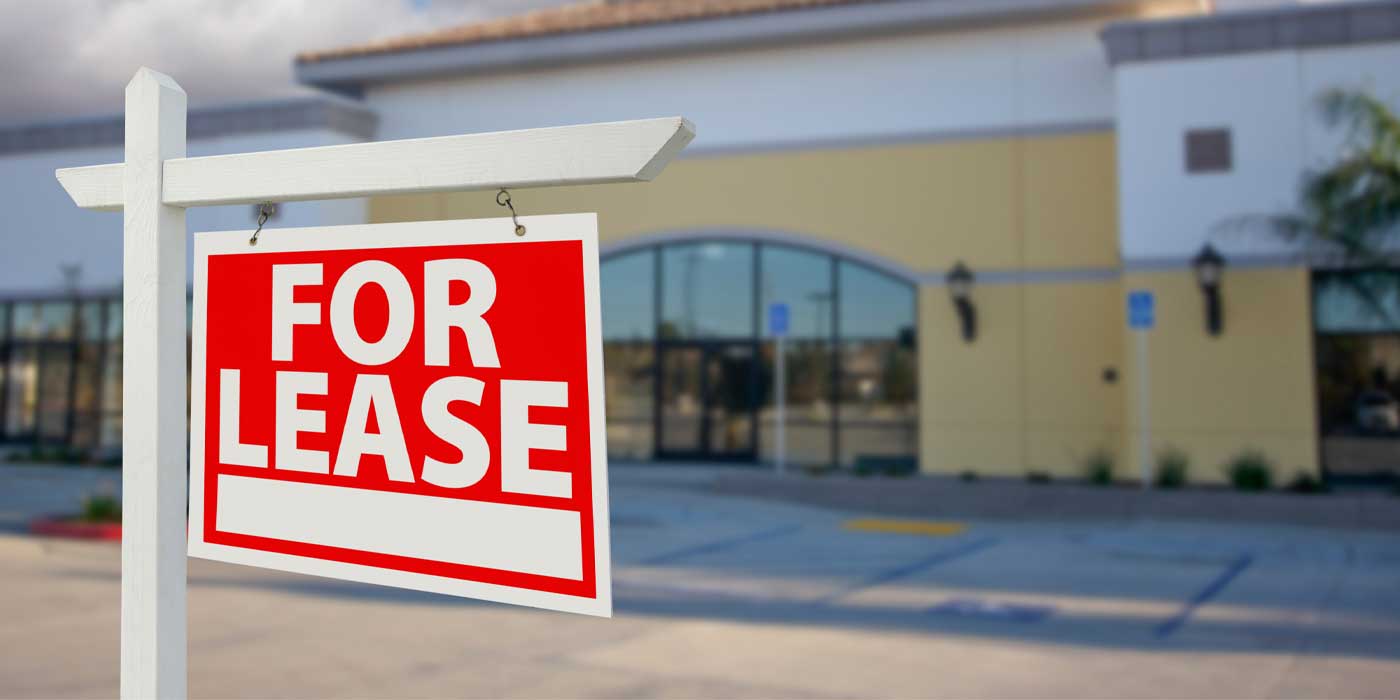The culture of an organization has been a topic of discussion for academics since the late 20th century. Writers and scholars began to focus on the culture within businesses due to the belief that it drove the success of companies and, therefore, contributed to the economic success of countries. As business leaders, most of us have come to terms with the fact that our company’s culture profoundly impacts our business goals, successes and failures. But, how exactly do we define the culture within an organization?
Dr. Richard Scholl, a professor at the University of Rhode Island, described organizational culture best when he stated, “If culture is defined as a set of mechanisms creating behavioral consistency, then culture can be described as the norms and values that control how people interact in an organization.”
When we look at Scholl’s definition of organizational culture, we can conclude that a set of mechanisms or established business processes create the behaviors that drive the culture within that organization. These processes are established by whoever leads or sets the highest precedents for activities within the organization or, in this case, the carwash company.
Therefore, if the ownership or management team of the carwash does not set the standard, they have the standard set for them by the employees conducting the actual work. Consequently, you can be sure that there is a culture within your carwash site or chain, whether you know it or not. If you don’t create the culture by setting high standards and establishing processes, you will have a different culture than you envision.
Because the culture of an organization or business has long been looked at as one of the deciding factors in whether or not a company will be successful, we can determine that, as leaders, we should put a high priority on driving a solid, sustainable and great culture at our carwashes if we want them to be prosperous. Since we need a set of mechanisms or established processes to create the behavioral consistency that drives values, we have identified five elements that will help you create the great culture you want at your carwash.
Element 1: Set high standards
The first thing that owners and operators should do is to set high standards or expectations for operational excellence. Setting the standards allows you to create the processes needed to uphold those same standards, and these help you communicate expectations for the organization. Believe it or not, most employees and managers want to know what the expectations are for their position. When people know the expectations, they have the opportunity to meet or exceed them. Unfortunately, however, we do not always do a good job of communicating expectations.
A 2015 Gallup study that looked at the data from 550 organizations found that only about half of the 2.2 million employees surveyed knew what was expected of them at work.1 The study goes on to state, “Even more surprising than the above finding is that managers of these employees are equally unclear on what is expected of them.”
Based on the Gallup analysis, we can determine that about 50% of organizations do not set or communicate expectations for their employees or management teams to an appropriate level. If you fail to communicate what is expected of your team(s), we can argue that you cannot determine what type of culture the carwash will produce. However, setting high expectations requires identifying the operational areas in which processes must be created.
Element 2: Document processes
After determining the standards, you should document your expectations, policies, processes and procedures. Process documentation means creating training, documents and instructions on carrying out activities and processes for everything that everyone does within the organization. The documentation should be implemented using a learning and development program designed to align with business goals and values. The overall system forms your playbook for managing and running the carwash.
Here are some examples of things that need to be documented:
• The procedure for loading a vehicle
• The policy for appearance
• The procedures for selling club memberships
• The policy on cash control
• The processes for opening and closing the carwash.
While producing your process documentation, you should consider exactly how you want things to be done and what the outcomes are for each activity. Carefully think about what the behaviors should look like and what they should produce. Documenting all your processes is a significant step in setting up a great culture.
The final version of your documentation is the playbook for your carwash. The playbook lays down the foundation for how your organization will run because it establishes the norms and values of the company. As we learned from Scholl, these norms control how people interact and behave, which will establish the organization’s culture. Nevertheless, just having the documentation is not enough to determine the culture. It would be best if you acted on that playbook.
Element 3: Train to the standards
Once you have documented the steps for running the carwash, you now have your playbook that should be used to train the entire organization. Training your team is one of the most critical parts of establishing a high standards carwash culture. The training process is where you can mold the employee to the established standards of your organization. However, training must be based on a learning and development program where your processes are documented and not wholly rely on the trainers’ experience or the company’s tacit knowledge.
The documentation and playbook make up the explicit knowledge of your company, while employee experience compromises the tacit knowledge of your company. The more you rely on explicit knowledge instead of tacit knowledge, the more your company will be driven by your standards instead of employee experience or guidelines. In addition, the training program and playbook must be used for every person and position. If you have positions where that person does not have documented processes to follow, their expectations will be unknown and the individual will dictate the norms.
A low developed training program will have an employee defining their role and job functions. At the end of the day, you should define the job and don’t let them define it for you. Indeed, your training program could be the most essential thing you produce to implement a great carwash culture because it trains employees based on your expectations and processes. Still, after you train employees, you must hold employees accountable.
Element 4: Manage to the standards
Once you have set the standards, documented them and trained according to them, you must manage to those standards by holding all company employees accountable. In order to hold employees accountable, it is usually necessary to use a top-down approach to management at the carwash, especially if you want to control the established processes that determine the norms.
Whether it is the owner, managing partner or site manager, there needs to be someone in charge of ensuring that the standards are adhered to by managing the expectations set in the playbook. Furthermore, whoever is responsible for managing the carwash must know the playbook well. Though holding employees accountable is not always a fun process, it is necessary to establish a great culture. Everyone in the organization should understand that they must conduct activities in the ways established by the company or be held responsible for their behaviors outside of the established norms.
Element 5: Observe, identify and adjust
The final step in creating a great carwash culture is to observe, identify and adjust your processes to create the behaviors that drive the culture you want. There are times when a documented process or procedure does not need to be adjusted and is written perfectly or has smooth training the first time around. However, that will not be the case the majority of the time. The manager in charge of implementing policies and procedures should always observe, identify issues and adjust as needed. In addition, all managers in the organization should observe the processes in action and identify gaps that create strain on the employees, customers or the company.
Managers should report any problems to upper management or ownership to make them aware. If necessary, the processes should be updated so that they are as smooth as possible and reflect the culture and business values of ownership.
In summary, we believe creating a great organizational culture is vital to the success of your carwash. Creating this culture starts with ownership and implementing high standards that lead to the established processes which create consistent behaviors of the employees. Use the five elements we have laid out in this article to create the culture you want to see at your carwash or any other business.
When your designed culture starts to take hold, you will see the signs. Indications that it’s working will include a group mentality of culture that automatically fixes situations because the team holds each other to the standards. When you see employees coaching their peers, communicating the proper processes and not allowing others to get away with poor behavior, you will know that the excellent carwash culture you wanted to create is indeed coming to fruition.
Sources:
1 https://www.gallup.com/workplace/236567/obsolete-annual-reviews-gallup-advice.aspx
CarwashOS is a carwash consulting firm that works with owners and operators before, during and after carwash startup. CarwashOS helps you install systems and programs that have a lasting impact on your business. David can be reached at [email protected] and Matt can be reached at [email protected].
We followed up with the authors of this article in the below video interview. Be sure to check it out for more great tips.














